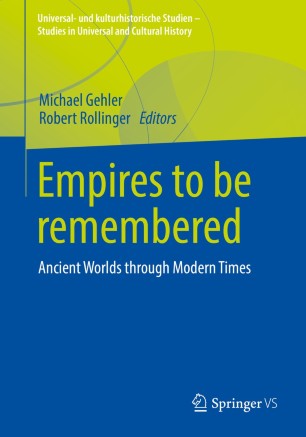Barnea, Gad & Reinhard G. Kratz (eds.). 2024. Yahwism under the Achaemenid Empire: Professor Shaul Shaked in memoriam (Beihefte zur Zeitschrift für die alttestamentliche Wissenschaft 548). Berlin: De Gruyter.
The Achaemenid period (550–330 BCE) is rightly seen as one of the most formative periods in Judaism. It is the period in which large portions of the Bible were edited and redacted and others were authored—yet no dedicated interdisciplinary study has been undertaken to present a consistent picture of this decisive time period.
About this book
This book is dedicated to the study of the touchpoints between Yahwistic communities throughout the Achaemenid empire and the Iranian attributes of the empire that ruled over them for about two centuries. Its approach is fundamentally interdisciplinary. It brings together scholars of Achaemenid history, literature and religion, Iranian linguistics, historians of the Ancient Near East, archeologists, biblical scholars and Semiticists. The goal is to better understand the interchange of ideas, expressions and concepts as well as the experience of historical events between Yahwists and the empire that ruled over them for over two centuries. The book will open up a holisitic perspective on this important era to scholars of a wide variety of fields in the study of Judaism in the Ancient Near East.







